Uncategorized
Frog Ritual on Lake Titicaca
When the rains delay falling on the land, the indigenous people living on the islands of Lake Titicaca understand that something must be wrong with the sky. Therefore, it is necessary to make a sacrifice to invoke the return of the rains.
On the Island of the Sun, located on the Bolivian side of the lake, there is a very ancient custom, perhaps unique in the world, that is practiced whenever the sky threatens the land with drought. Led by the YAQUIRI, or native Priest, who will be in charge of the ceremony, a group of married men descend to the shore of the lake, playing a drum and sounding their quenas (Andean flutes).
The YAQUIRI carries in his hands a small clay vessel adorned with wildflowers, where the offering will be placed. Aside from the music, everyone marches silently.
When they reach the beach, the YAQUIRI places the vessel on the ground. Assisted by one of the men, he scatters coca leaves over one hand, blesses them, and begins to chew them slowly. This is the first and most important moment of the ceremony, as the YAQUIRI consults the coca to determine whether or not to offer the sacrifice. If the leaf tastes sweet in his mouth, he will proceed; if not, everyone will return to the village.
If the leaf gives its consent to the priest, the music resumes, and the younger men separate from the group to seek offerings among the rocks on the shore of the lake. The animals chosen are small frogs, which the inhabitants of Titicaca consider sacred because they associate them with rain and fertility rites.
The YAQUIRI receives the frogs and immediately places them in the vessel. Perhaps sensing what is about to happen, some usually try to escape, but nothing can save them now—they are the most valuable part of the ritual. While the YAQUIRI smokes and prays, the assistant scatters flower petals and coca leaves into the vessel. There is no exact number, but there are never fewer than three frogs that must remain in this container.
When they have smoked and prayed sufficiently, the YAQUIRI orders the ascent to the upper part of the island, where the second part of the ritual will take place. The vessel with the frogs is carried carefully by an assistant, and the musicians accompany the ascent with their instruments until they reach a high, dry place overlooking much of the lake.
The YAQUIRI and his assistant gather rocks and place them around the vessel to form a small mound that completely hides the offering. Then both invoke the spirits of the earth, shaking their coca pouches. The musicians play louder so that the sun, shining strongly in the sky, accepts the sacrifice and soon sends the rain.
Now the priest and his assistant kiss the rocks, and a few moments later the entire group withdraws. The offering has been made; the frogs must complete the rest of the ritual. In the coming hours, the relentless sun of the Altiplano will begin to evaporate the little water in the vessel, and the frogs will feel the heat like never before in their lives.
Then, tormented by thirst, the frogs will start to sing for rain. If they survive until the next day, they will continue singing and begging for water until the sun takes pity on them and allows the return of the rains over the Altiplano.


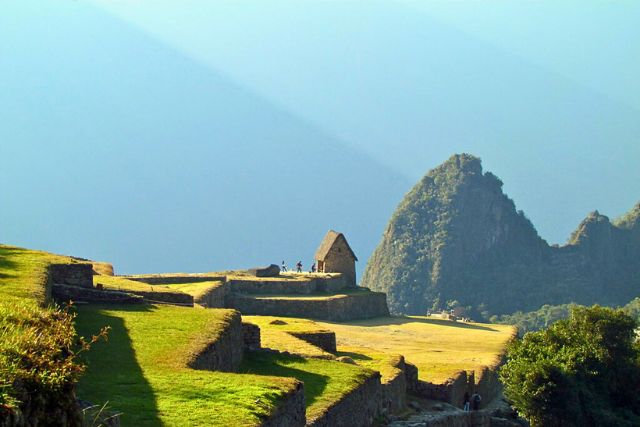
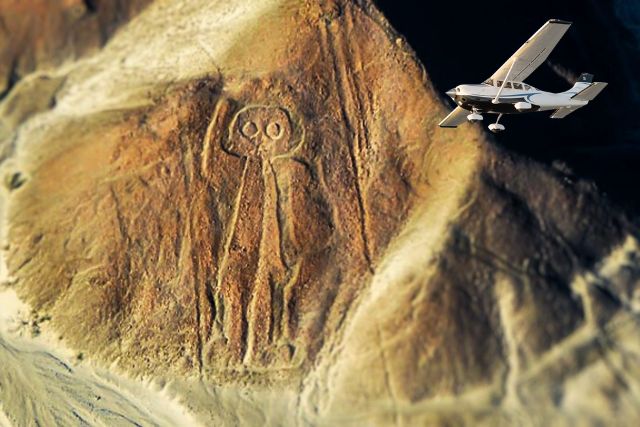
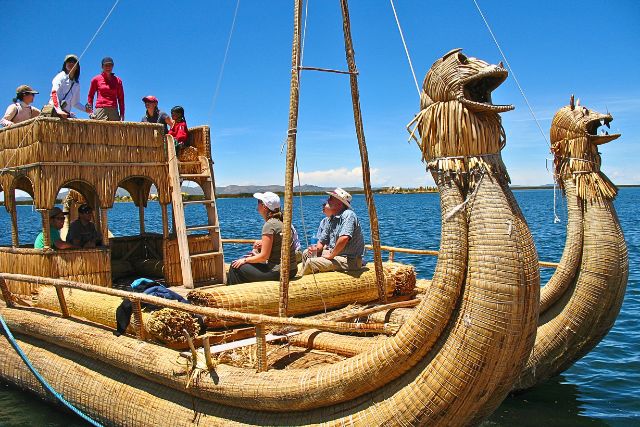
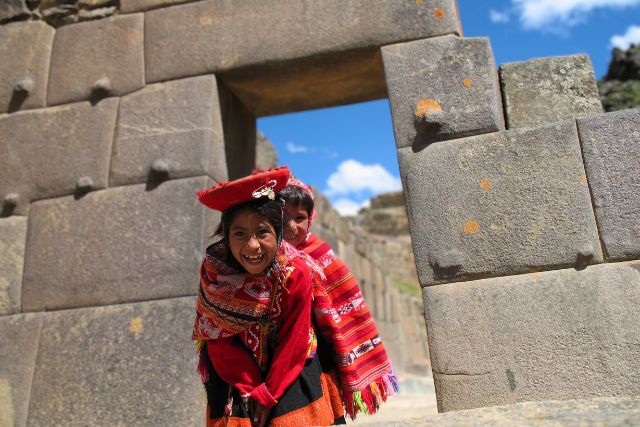
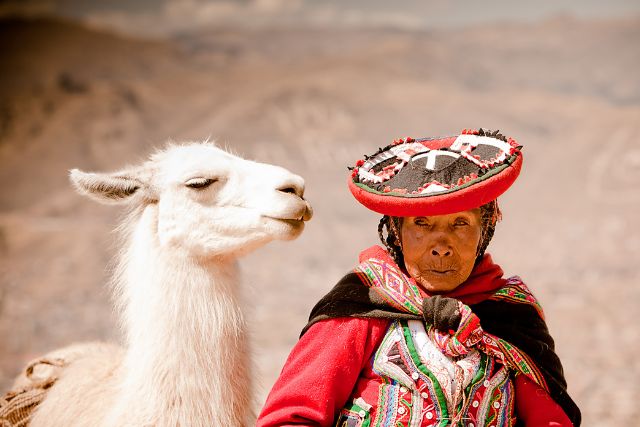
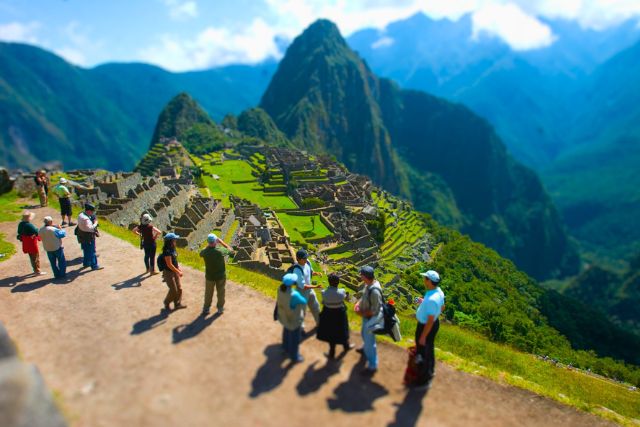
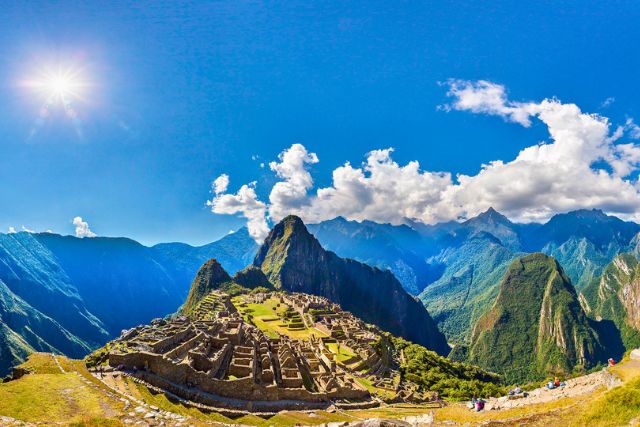
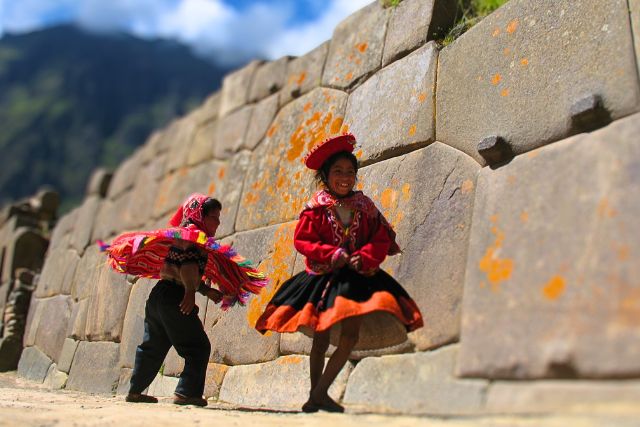
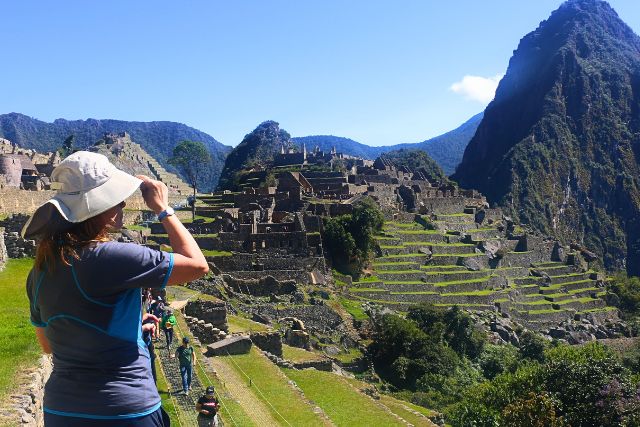

This is wonderful
Loving the style
This is wonderful
My brother suggested I might like this website He was totally right This post actually made my day You cannt imagine just how much time I had spent for this information Thanks
Your writing style is always so engaging—well done!